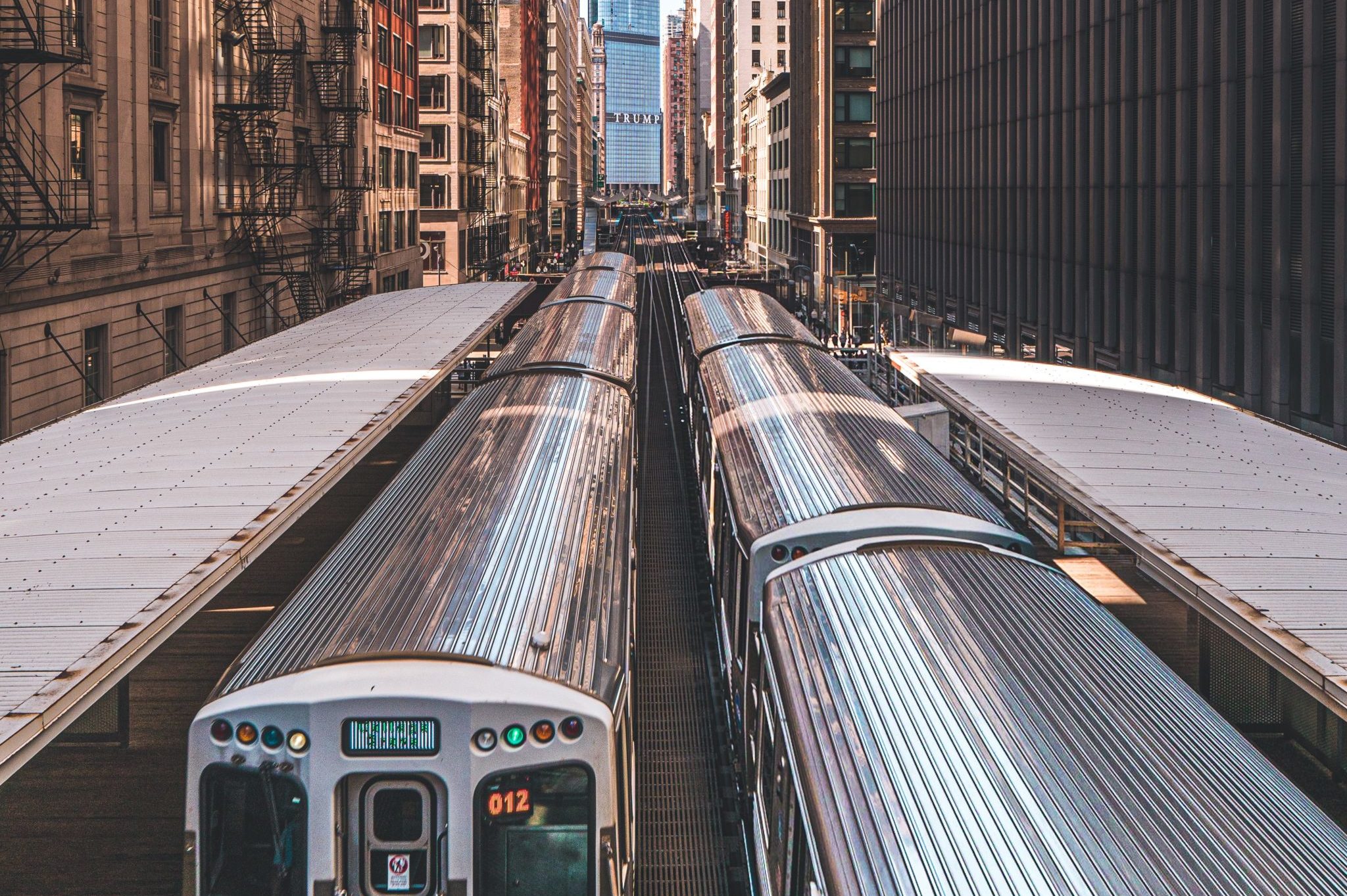3/7/2022
Public transportation is an often talked about, but seemingly overlooked, part of urban and suburban development. For some, adequate public transportation systems are the only means of transportation, so are paramount to access work and necessities. For others, it is simply a convenient way to avoid traffic or reduce their individual carbon footprint. The advancement of public transportation worldwide will undoubtedly continue to help many.
Unfortunately, advancement is not simply a matter of more. Considering railway performance, a study at the University of Tsukuba found that just the presence of railway infrastructure does not affect network performance, but the connections between populations and facilities. By defining railway network performance as ways in which the railway reduces travel time and increases opportunity for activities, it is more accurate to gauge railway performance in comparison with cities around the world.
Comparing this new railway performance worldwide, they found that railways in advanced countries often have a higher index than those of developing countries. Interestingly, although cities like Milan and Los Angeles have similar railway coverage, Milan vastly outperformed Los Angeles with respect to connections to facilities in their suburban areas.
Another study, this one by the Shibaura Institute of Technology, took a more detailed look at individual rail lines in the Tokyo Metropolitan Area. Using operational efficiency, cost efficiency, revenue efficiency, as well as in-vehicle congestion as measures of success, they developed a new methodology for evaluating lines for success of both the customer and the operator. A similar study could be conducted in cities worldwide, paving the way for revision of underperforming lines and expansion of infrastructure in a productive way for all parties involved.
Studies like these can be adapted to other types of public transportation infrastructure as well, and are imperative for cohesive and effective transit. From these studies, we can see that adding more is not always better, as it can have adverse, unintended consequences on efficiency, cost, congestion, and more. Thus, it is crucial that engineers and city planners take care when embarking on new projects.
It is hard to knock infrastructure development projects since, in general, any work is better than no work. Delays in recent years have hampered transportation development projects across the United States, leaving many cities wanting more and wanting it fast. Dozens of projects are set to be completed in 2022, which should be a win for operators and riders alike. However, as future plans unfold, developers must be conscious of facility access, connectivity, and congestion so that these projects are a true improvement for the public system. More is not always better, especially in the complex networks of public transit around the world.

